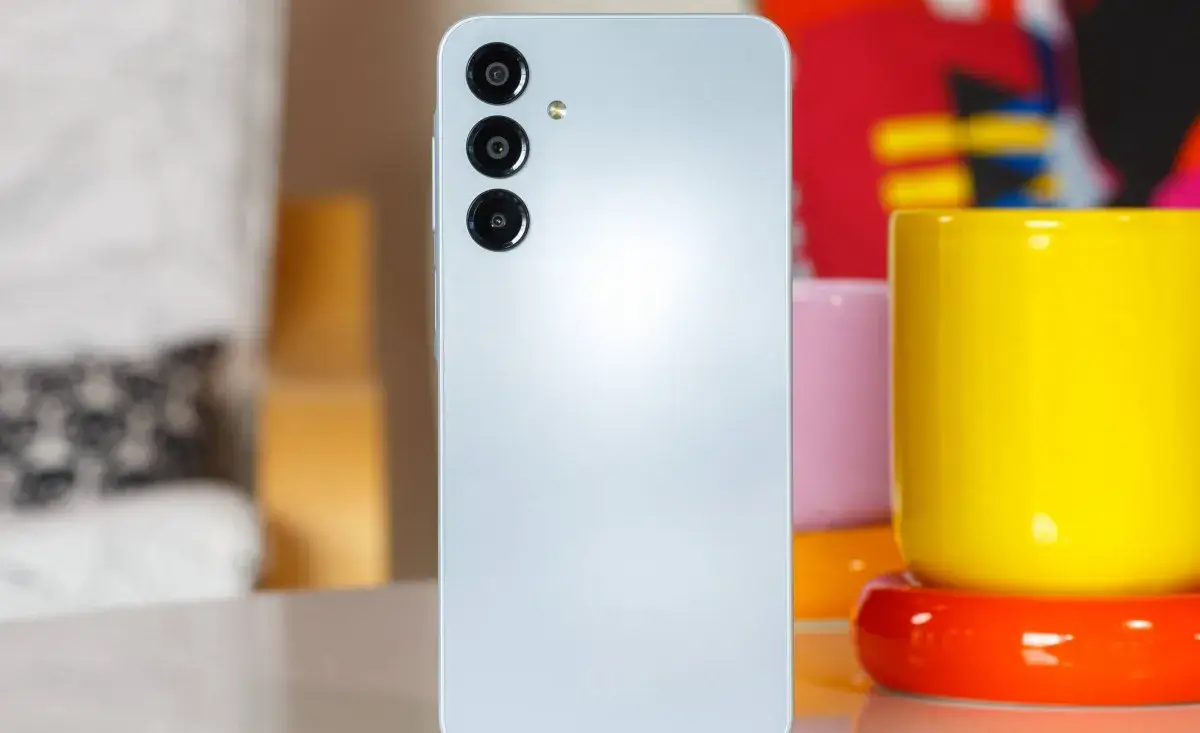Elon Musk’s Neuralink to Test Revolutionary “Blindsight” Chip in Humans

In what could become one of the most significant medical breakthroughs of our time, Elon Musk’s neurotechnology company Neuralink is gearing up to test its revolutionary “Blindsight” brain implant in human patients for the first time. Scheduled to begin in the second half of 2025, this groundbreaking clinical trial aims to restore vision to people who are completely blind – including those born without sight.
The announcement has sent shockwaves through both the medical community and the tech world, sparking intense debate about the future of brain-computer interfaces. At the heart of this excitement is Neuralink’s bold claim that their technology could eventually provide vision superior to natural human sight, with potential capabilities extending into infrared and ultraviolet spectrums.
How the Blindsight Chip Works
The Blindsight chip is designed for people who:
- Have total vision loss from optic nerve damage
- Were born blind (but have an undamaged visual cortex)
- Lost both eyes
Unlike traditional methods that try to fix the eyes, this chip skips the damaged optic nerves completely. Instead, it connects directly to the brain’s vision center (visual cortex) and creates images by stimulating neurons.
Elon Musk explained: “At first, the vision will be basic – like old video game graphics. But over time, it could become better than natural human sight. In the future, users might even see infrared or ultraviolet light – things normal eyes can’t detect.”
Major Milestone: FDA Approval
In September 2024, the U.S. Food and Drug Administration (FDA) gave Blindsight a “Breakthrough Device” designation. This speeds up development and testing because the technology could help people with no other treatment options.
Neuralink is now recruiting blind volunteers for human trials through its Patient Registry. The company also posted job openings for scientists and engineers to join the project.
Neuralink’s Other Brain Tech Projects
Founded by Musk in 2016, Neuralink works on brain-computer interfaces (BCIs) that connect human brains directly to machines. Their other projects include:
- Thought-Controlled Devices
- A chip that lets paralyzed people use computers/phones with their mind
- Currently being tested on three patients with spinal cord injuries
- Mind-Controlled Art & Games
- A second patient received a Neuralink implant in early 2024
- They can now play video games and design 3D models using only thoughts
Experts Raise Concerns
While the technology sounds exciting, scientists have important questions:
1. “Is This Really New?”
Some point out that similar vision-restoration projects already exist:
- The Argus II retinal implant (discontinued in 2022)
- Australia’s Gennaris Bionic Vision System
However, Blindsight differs because:
| Traditional Retinal Implants | Neuralink’s Blindsight |
|---|---|
| Only work if retinal nerves survive | Works even if eyes/nerves are gone |
| Can’t help people born blind | May restore vision for congenital blindness |
2. Lack of Published Research
Dr. Gislin Dagnelie (Johns Hopkins University) notes:
“Neuralink hasn’t shared detailed test results. They’re asking us to just trust them because of Elon’s reputation. For medical science, we need data – not hype.”
3. Managing Expectations
Dr. Philip Troyk (Illinois Institute of Technology) cautions:
“This won’t give perfect 20/20 vision immediately. At best, it will help blind people navigate better than with just a cane or guide dog.”
Potential Risks
Past brain implant projects have faced problems:
- The Argus II left patients with brain scarring
- When companies fail, patients can’t get repairs or updates
- Long-term effects of brain electrodes remain unclear
What Comes Next?
If the 2025 human trial succeeds, Neuralink will:
- Improve image resolution (from “Atari graphics” to clearer vision)
- Add special vision modes (like night vision or heat sensing)
- Seek full FDA approval for medical use
Musk believes this technology could eventually:
- Cure blindness for millions worldwide
- Give enhanced vision beyond natural human limits
- Pave the way for future brain-computer integrations
How You Can Get Involved
Blind individuals interested in joining trials can:
- Apply through Neuralink’s Patient Registry
- Follow FDA approval updates
- Consult eye specialists about eligibility
Scientists and engineers can explore job openings on Neuralink’s career page to contribute to this cutting-edge research.
As Neuralink prepares for this historic human trial, the world watches closely. Success could revolutionize treatment for blindness – but only time will tell if the technology delivers on its ambitious promises.


